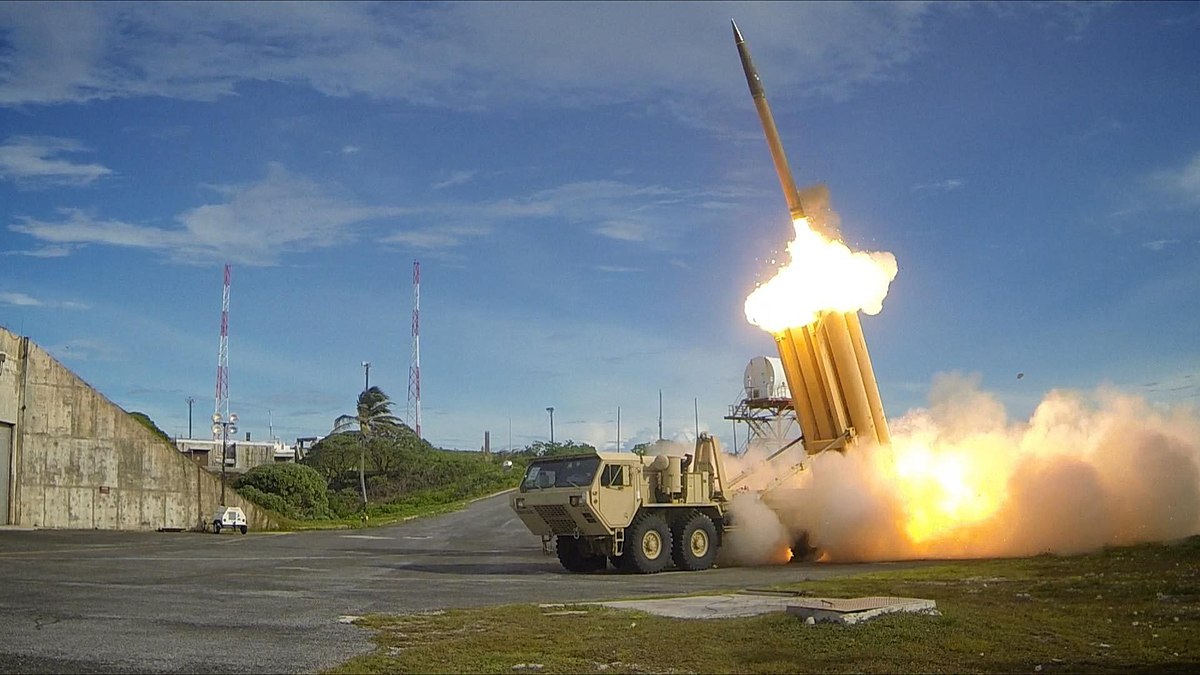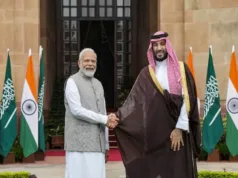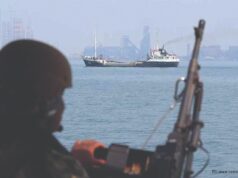
New Delhi: The US State Department has approved the sale of Terminal High Altitude Area Defense (THAAD) to Saudi Arabia for estimated $15 billion.
According to a statement from the State Department, the Government of Saudi Arabia had requested a possible sale of forty-four (44) Terminal High Altitude Area Defense (THAAD) launchers, three hundred sixty (360) THAAD Interceptor Missiles, sixteen (16) THAAD Fire Control and Communications Mobile Tactical Station Group and seven (7) AN/TPY-2 THAAD radars.
The Defense Security Cooperation Agency delivered the required certification notifying Congress of this possible sale today.
“This sale furthers U.S. national security and foreign policy interests, and supports the long-term security of Saudi Arabia and the Gulf region in the face of Iranian and other regional threats. This potential sale will substantially increase Saudi Arabia’s capability to defend itself against the growing ballistic missile threat in the region. THAAD’s exo-atmospheric, hit-to-kill capability will add an upper-tier to Saudi Arabia’s layered missile defense architecture and will support modernization of the Royal Saudi Air Defense Force (RSADF),” the report stated.
The principal contractors for the THAAD system are Lockheed Martin Space Systems Corporation, Dallas, TX, Camden, AR, Troy, AL and Huntsville, AL; and Raytheon Corporation, Andover, MA.
What is THAAD?
The Terminal High Altitude Area Defence (THAAD) system is designed to intercept and destroy short and medium-range ballistic missiles during their “terminal” phase of flight when they are heading towards the target.
The system was developed by the Pentagon following the failure of Patriot air-defense missiles. THAAD missiles are 20 ft long, weigh nearly a ton and fly at up to 6,300 mph, more than eight times the speed of sound, up to an altitude of around 93 miles.
They do not carry an explosive charge because it could detonate the warhead of the target missile – which could contain a nuclear device.
The systems are based on a “hit-to-kill” approach and use infrared sensors to track the incoming missile and ram it head-on to destroy it.
A typical THAAD battery includes at least six launcher vehicles, each capable of firing eight missiles.
The US military recently deployed THAAD in South Korea to protect against a possible North Korean attack.
Saudi Arabia has also reached an agreement with Russia on a $3bn (£2.2bn) deal for its most advanced air defense missile system, the S400 Triumph.








